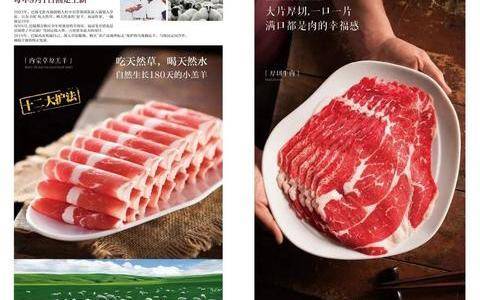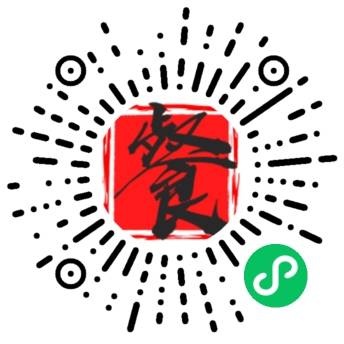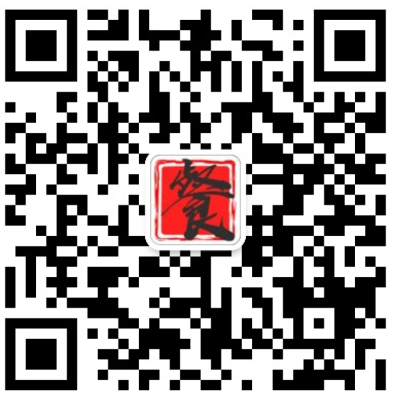▲Click “FBIF食品饮料创新” inblueto followReply number “1” to join in F&B WeChat Group
Source: FoodDive
Soda has given devotees of the popular beverage a caffeine rush for decades, but now the beleaguered industry is desperate for a jolt of its own as people turn to healthier options like water and tea.
Beverage Digest reportedtotal soda volume decreased 1.2%in 2015 with each person consuming about 650 eight-ounce servings of carbonated soft drinks, the lowest since 1985. Even the once-beloved diet soda posted its11thconsecutive year of declines in 2015, according to the most recent data available.
A growing number of consumers are abandoning soda as they look to reduce their sugar consumption. To help stem the decline, soda companies have tried to mimic thetaste of sugar or high fructose corn syrup using stevia and other sweeteners. PepsiCo and Coca-Cola also have turned tosmaller bottles and cans, which have been popular with shoppers and allow the soda companies to charge more per ounce.
Local governments also have contributed to the declinein soda consumption by levying taxes on the sugary beverage. In Philadelphia, a 1.5-cent-per-ounce tax on sugary beverages has caused sales in some local grocery stores to drop as much as 50%, prompting soda manufacturers to announce layoffs.
“If you listen to any media outlet as they discuss soft drinks and the various beverage companies, you hear the claim that obesity, diabetes and other health concerns are directly related to soda and other sugar enhanced-beverages,” ChrisKonyk, a business consultant and soft drink expert at Salient Management Company,told Food Dive. “The soft drink companies are a big and easy target to attack. Because this diatribe has been unrelenting for years, the consumer has started to change their buying habits where soft drinks are concerned.”
Consumers who once felt comfortable drinking a soda with every meal or snack are now looking for products they perceive to be healthier. Last year,bottled water surpassed carbonated soft drinksto become the largest beverage category by volume in the U.S. And thetotal U.S. wholesale value of the tea industryhas more than quadrupled — from $1.8 billion in 1990 to more than $10.8 billion in 2016.
A change is coming
With consumers looking for healthier drink alternatives, there is more pressure on the beverage industry to reformulate their products, develop new ones or boost their portfolio by purchasing other brands.
According to Nielsen’s recent 2016 Global Ingredients Study, 68% of North Americanconsumers said they would pay more for productsfree of undesirable ingredients. Additionally, 61% believed a shorter ingredient list meant a healthier product.
“The beverage companies are repositioning themselves to be the leader in healthy beverage alternatives,”Konyksaid. “If it has real or perceived healthy attributes, the soft drink companies are entertaining the idea of incorporating it into their portfolio,” he said.
One challenge, he noted, is the perception that if the drink comes from a soda company it’s not healthy.Analysts believe soda makers will try to sway consumers to think differently through creative advertising and marketing strategies.
Coca-Cola,Dr Pepper Snapple and PepsiCo have allmade a commitmentto reduce the number of sugary drink calories that Americans consume by 20% before 2025. Coke has Honest Tea, Zico, Odwalla, PowerAde, Peace Tea, Vitamin Water, Simply and Dasani in its arsenal of healthy options, while Pepsi has strengthened its portfolio with Duke’s, Miranda, Naked Juices and Aquafina.
“The soft drink companies are always researching the next trend and have aggressively purchased or partnered with healthy brands,” Konyk said. “I don’t see this explosion of healthy alternatives ending anytime soon.”
PepsiCo has been transforming its beverage portfolio for more than two decades.A company spokeswoman told Food Dive that low- and no-calorie beverages now comprise nearly half of its sales volume, up from just 24% two decades ago. She said the soda giant is optimistic that at least two-thirds of its global beverage portfolio volume will have 100 calories or fewer coming from added sugars per 12-oz serving by 2025.
“We’re responding to changing consumer and societal needs,” the spokeswoman said.
The company’s recently introduced IZZE Fusions and Lemon Lemon are modernized soft drinks with bubbles, unique flavors and lower calorie counts. IZZE Fusions are available in orange, mango and strawberry melon and have 60 calories per 12-oz can. The beverages have no artificial sweeteners or flavors and are sweetened with a blend of cane sugar and stevia.
Mountain Dew Kickstart is another innovation from PepsiCo — a beverage product that in the past decade has generated estimated annual retail sales of more than $400 million. The energy drink, which is targeted at millennials, comes in 12 flavors and is a mid-calorie cola with 60-80 calories per 16-oz can. The company also offers Stubborn Soda, a drink with natural flavors that is made without high fructose corn syrup, artificial sweeteners or Azo Dyes.
James Quincey, Coca-Cola’s incoming CEO, told analystsin February that “the company has outgrown Coke.” He said it must reduce its sugar footprint by becoming an even larger player in the overall beverage market.“The company needs to be bigger than the core brand,” he said.
One soda company that has been somewhat immune to faltering sales has been Dr Pepper Snapple. The beverage manufacturer reportedin February that carbonated soft drinks grew 2% in the fourth quarter of 2016 from the same period a year earlier lead by its citrus soda brand Squirt. The drinks makerlast November purchasedBai Brands, the enhanced water manufacturer for $1.7 billion in cash, with the hope that it will one day lead the healthy beverage segment.
Larry Young, CEO of Dr Pepper Snapple, said on the company’s most recent earnings call that the success of soft drinks could be attributed to better pricing, communication and “product and package innovation across our priority brands to address consumers’ changing needs.”
Packaging matters
Although healthy is in, carbonated or sparkling soft drinks are still very important to beverage companies because they contribute the majority of their profits. New campaigns aimed atmillennials,such asCoke’s personalized cansand Pepsi touting its sustainability efforts, are among the ways they are attracting consumers.
“Everything in moderation is what some companies are counting on as they get creative with their package offerings,”Konyksaid. “I think the marketing strategies will support this and will center on a reward or indulgence theme.”
DavidPortalatin, a food and beverage analyst with marketing research firm NPD Group, cautioned that even though carbonated soft drink consumption has been falling, soda is not going to disappear anytime soon. He said when consumers purchase a beverage away from home, it’s most likely to be soda.
“Everyone talks about health, but when you see the trend more pronounced away from home, it makes me think consumers are concerned with cost as well,” he said.
Food & Beverage Innovation Forum 2017(FBIF2017) ito be held in Shanghai from April 19th to 21st, 2017. The theme of FBIF2017 is“Global Innovation, Powering Future!”.Topics include Trends, R&D, Marketing and Packaging. 1500+ will attend. Speakers include:Zhang Jianqiu, Executive President, Yili Group;Stephen Maher, President, Mondelez China;Zhou Li, Secretary of the Board,Ph.D, Nongfu Spring;Yan Weibin, Chairman, Ausnutria;Craig Slavtcheff, Global VP, R&D, Campbell Soup;Zhang Liaoyuan, Founder , Three Squirrels;Jet Jing, VP, Alibaba Group;Martin Suter, Head of eCommerce, China at AB InBev.For more please reply “FBIF” .
/ Read More/
Kombucha Market Up 41 Percent
Interest in Gluten-free Dieting Broadens
Non-dairy Creamer Market Growth Driven by New Flavors
What Are Functional Foods, What Do Consumers Think About Them?
Forecasting the Future of Snacking
FBIF2017: Global Innovation, Powering Future
/WeChat Groups /
Long Press this QR Code to follow“FBIF“.
Reply number “1” to join in CEO,R&D,Marketing,Packaging,Functional Foods,Dairy, Beverage, Snacks, etc. WeChat groups(Group members include seniors from Nestle, Coca-Cola, PepsiCo, AB-InBev, Yili, Mengniu, Master Kong and Nongfu Spring etc.)
Clickread moreto keep updated
原创文章,作者:网络转载,如若转载,请注明出处:https://www.qiyu88.com/188620.html















